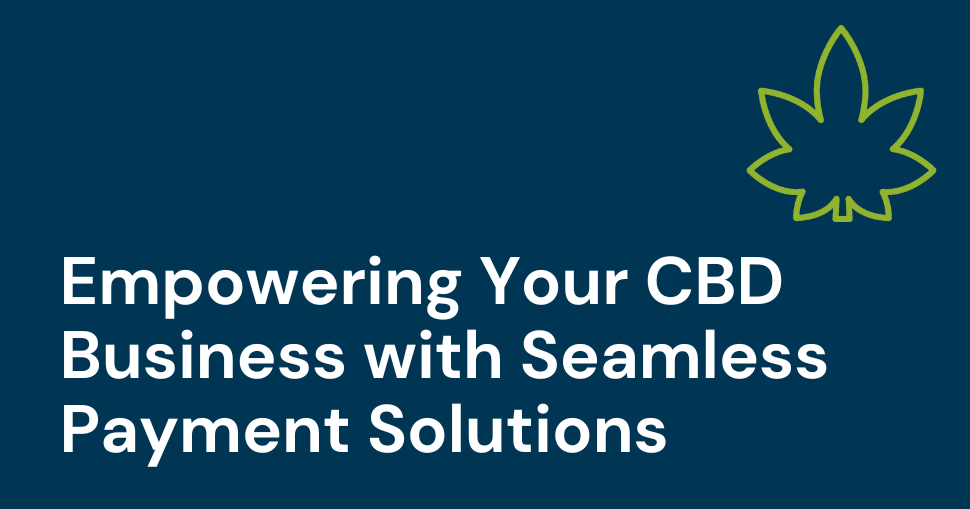New perspectives on old ways
The lines between brand and performance media are becoming increasingly blurred. Customer journeys involve various touchpoints. These touchpoints function as either brand or performance media, depending on where the customers are in their journey.
Many say their first touchpoint with a brand was through a social media ad or post. Traditionally it’s classified as paid media. Today paid ads also function as brand awareness and perception.
In Rethink Brand and Performance Media, Forrester suggests moving from labelling paid media as either brand or performance to using ‘persuasion’ and ‘precision’ media.
They define persuasion media as “…media you use when you want to establish, reinforce, or reset the perception of your brand in the market” and precision media as “…media you use when you want to get people to complete a desired action“.
Using these definitions, brands can fully cover the entire customer life cycle and use the most effective channel to accomplish their goals.
Omni channel marketing
Omni channel marketing both strengthens the brand and drives customer acquisition. It integrates multiple channels to give customers seamless, consistent experiences at every touch point. It includes your website, social media platforms, paid media, retail stores, chatbots and even the person answering your phone when a customer calls.
When a customer sees one of your ads, they don’t stop and ask if it’s a paid or brand ad. They want to find what they’re looking for and move across screens, devices and channels to get it. If you get Omni channel marketing right, you will manage to enhance how customers experience and engage with your brand at every touchpoint. You will also sync your paid media activations with one another and with other marketing efforts like SEO, email marketing and lead generation.
Instead of herding cats, this holistic strategy also contributes to making sense of analytics. Rather than measuring campaigns on return on ad spend, clicks or customers acquired, you can also measure brand sentiment, customer engagement, customer retention and LTV (Lifetime Value).
Tracking in a world without cookies
Browsers are on a mission to eradicate cookies. So big tracking and targeting changes are a hangover away. Because of this, there’s a high premium on first-party data. Wordstream published an insightful blog post on ways to collect this data. We summarise:
- Use lead magnets: use anything to get people to complete a form with their details: newsletters, free guides, tools, tips.
- Lead form ads: try Facebook Lead ads or Google lead form extensions. You can change the questions to gather the data you’re after.
- Create a content strategy: The more customers see your brand, the more they trust it. The more they trust it, the happier they will be to share personal details with you.
Advanced tracking
To stay abreast of customers and their habits, you must invest in advanced tracking technology. But it’s a double-edged sword. The more detailed information you gather by tracking customers, the less privacy they have. Meta, previously known as Facebook, has announced that they are investing in PETs. Aren’t we all?
Seriously, PETs or Privacy-Enhancing Technologies minimise the amount of processing data to help protect personal information. It has been used in Covid-19 contact tracing, identifying city relocation trends and sending electronic payments. Why is this important? Because it will fuel the next generation of digital ads.
Other than watching that space, there are a few things you can currently do to prepare yourself.
- Make sure you use the Facebook Conversions API. If you’re not using the Facebook pixel yet, you haven’t joined the new age of digital advertising and the power of tracking.
- Google’s OCI helper tool will help you get offline conversion data into Google Ads to find similar, high-converting leads. It’s quite amazing. You provide your information, and Google will devise a custom implementation plan with a progress dashboard et al.
- Set up enhanced conversions on Google ads. It’s Google’s way of cross-device conversion tracking without cookies. You can set it up manually with Google Tag Manager or sitewide tagging or via an API.
Today’s media is much like payments. It keeps evolving and inventing better, faster ways to reach and convert audiences. Speaking of payments. Do you have a payments provider that knows how to process payments fast, securely, across devices and continents? If you don’t, speak to Truevo. We can’t wait to expand your universe with you.



